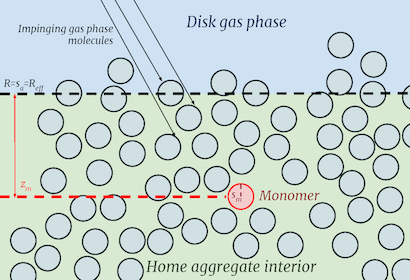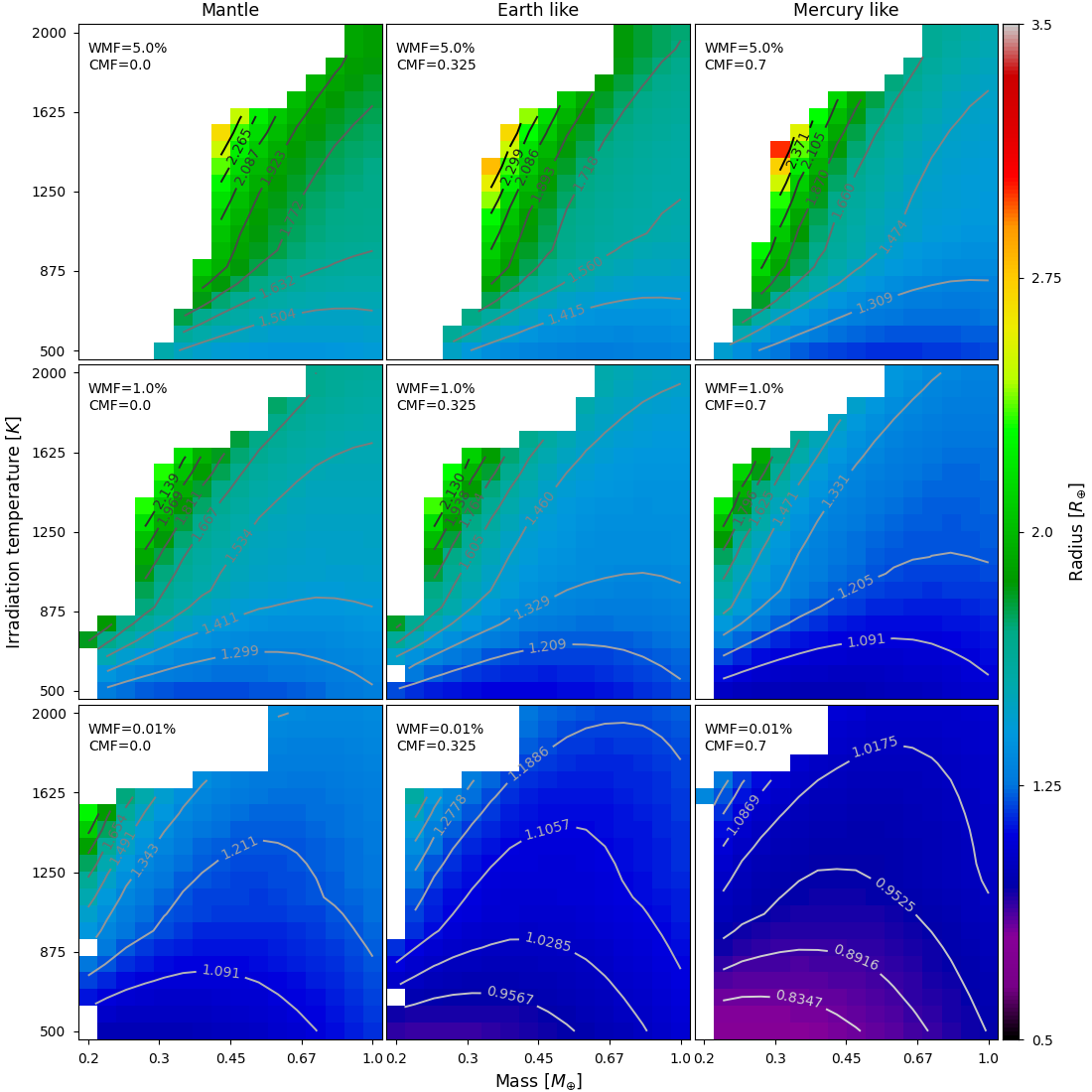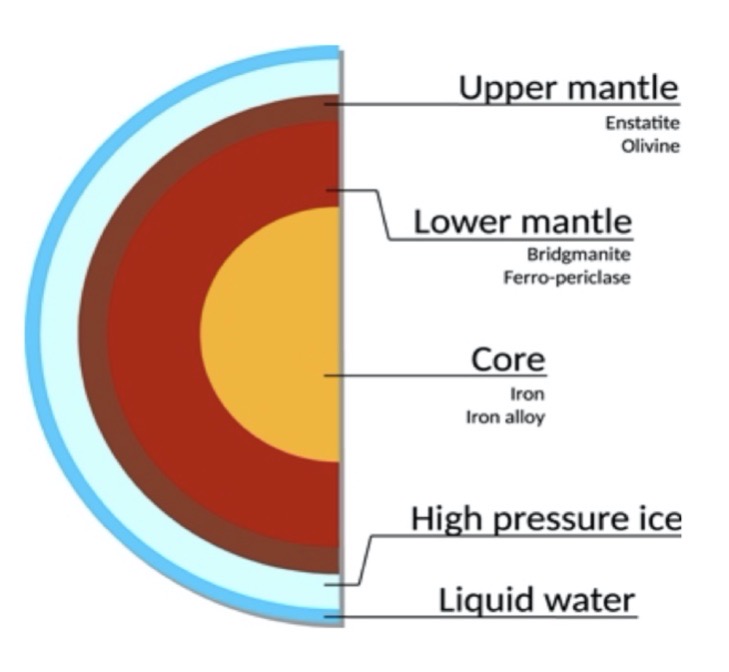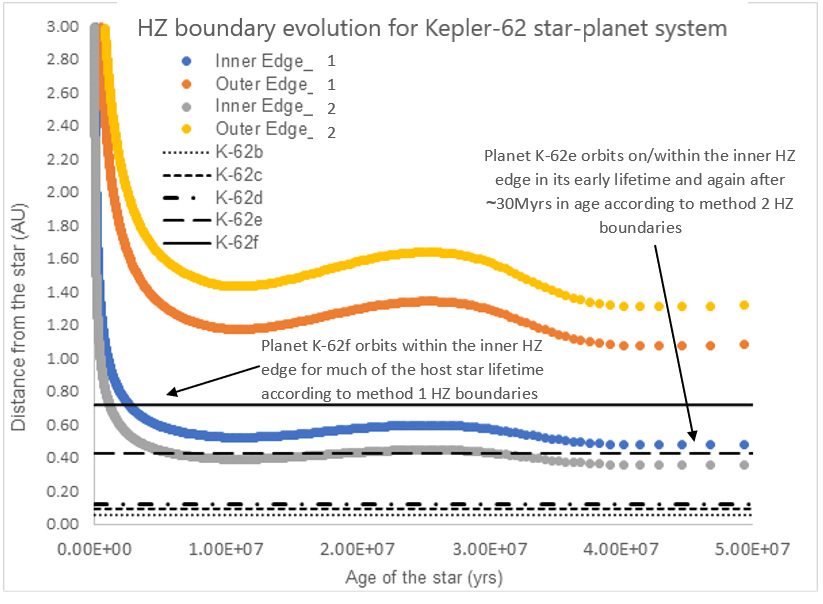Introduction
The catalog of known exoplanets has increased vastly since the first detection in 1995. In the era of JWST, this catalog is expected to grow even further, and especially the fraction of terrestrial exoplanets will grow due to the enhanced capabilities of next-generation instruments compared to its predecessors. Due to limited observation time with instruments such as JWST, target selection is an important process, especially for the difficult-to-observe terrestrial planets. This process can be improved by using readily available data, stellar abundances, by considering that a planet and its host star originate from material with the same composition.
The composition of a terrestrial planet modulates many properties, including core size, mantle rheology, and mantle melting behaviour. This will determine whether the planet has a mobile surface, with plate tectonics-like behaviour, or an immobile surface, with e.g. stagnant-lid-like behaviour. Further, interaction between the interior and the atmosphere depends on interior properties, and interior composition may therefore leave its mark on the planet’s atmosphere. Finally, these compositional effects may have an influence on whether the surface is capable of forming and sustaining life-forms [1]. However, the full effect of compositional influence on terrestrial planet evolution has only recently reached a level of maturity that it can now be applied to planets orbiting other stars.
Bulk compositions of terrestrial exoplanets can to some extent be estimated by considering them as devolatized stars. By applying devolatilization factors [2], we have determined the range of bulk terrestrial exoplanet compositions in the Solar neighbourhood (Spaargaren et al., in preparation) based on stellar abundances from the Hypatia catalog [3]. In this work, we identified 20 end-member bulk planet compositions that span the full range of compositional diversity. Here, we study these end-members in more detail, to investigate how compositional effects alter the evolutionary pathway of terrestrial planets.
Compositions
We study 20 planets of one Earth mass, with the previously established end-member bulk compositions, in more detail. Bulk composition is given in terms of the most common elements in rocky planets: Fe, Mg, Si, O, Ca, Al, Na, Ni, and S, where the latter two exclusively appear in the metallic iron core. The structure (i.e., relative sizes of the metallic iron core and silicate mantle) is determined by considering bulk iron, nickel, and sulphur abundances, assuming constant bulk planet oxygen fugacity. Core composition is subtracted from the bulk to determine mantle composition.
To calculate mantle physical properties from bulk mantle composition, we employ the Gibbs energy minimization algorithm Perple_X [4]. This algorithm calculates mineralogy, based on a new thermodynamic database by Stixrude and Lithgow-Bertelloni (2022; [5]) and related physical properties for each of the 20 cases.
Interior Modelling
We explore the effects of bulk planet composition on long-term interior evolution using a geodynamical model, StagYY [6]. We run this model for five billion years, to analyze the thermal evolution of our planetary test-cases. Adjustments are made to the melting calculation scheme based on the basalt fraction and iron abundance in the mantle, where the latter can change solidus temperature by up to 36 K per wt% FeO. Further, we explore the effects of yield stress for each of our compositional end-members, to determine the propensity of each planet towards plate tectonics-like behaviour, stagnant lid-like behaviour, or behaviour that falls under a different dynamic regime.
In general, Earth tends to have an average composition for most elements, except for iron, which it is relatively rich in, and therefore it has an above average core size. Our preliminary results show that core size (and thus iron abundance) affects convective vigor, and thus thermal evolution of the interior. Interesting to note is that on average, due to galactic chemical evolution, the iron abundance and thus exoplanet core sizes tends to increase (e.g., [7]). Therefore, Earth will tend more towards being average in younger populations.
We further find major differences for planets with different ratios of Mg-silicates, as these minerals control mantle viscosity, and thereby thermal evolution. Planets with lower Mg/Si than Earth will have a significantly stronger mantle, impeding cooling on planetary lifetimes, while planets with much higher Mg/Si have weaker upper mantles, impacting surface mobility. Stellar Mg/Si is a good indicator of the relative abundances of these minerals, and can be an important source of information. Therefore, the host stellar abundances seem to be an indicator of rocky planet properties, and can be used in the target selection for future missions.
[1] Mojzsis, S.J. (2021). Geoastronomy: Rocky planets as the Lavosier-Lomonosov Bridge from the non-living to the living world. in Royal Society of Chemistry, Prebiotic Chemistry and the Origin of Life. arXiv:2112.04309
[2] Wang, H.S., Lineweaver, C.H., Ireland, T.R. (2019). The volatility trend of protosolar and terrestrial elemental abundances. Icarus, 328, 287-305.
[3] Hinkel, N., Timmes, F., Young, P., et al. (2014). Stellar abundances in the Solar neighbourhood: the Hypatia Catalog. The Astronomical Journal, 148(3), 33 pp.
[4] Connolly, J.A. (2005). Computation of phase equilibria by linear programming: a tool for geodynamic modeling and its application to subduction zone decarbonation. Earth and Planetary Science Letters, 236(1-2), 524-541.
[5] Stixrude, L., Lithgow-Bertelloni, C. (2022). Thermal expansivity, heat capacity and bulk modulus of the mantle. Geophysical Journal International, 228(2), 1119-1149.
[6] Tackley, P.J. (2008). Modelling compressible mantle convection with large viscosity contrasts in a three-dimensional spherical shell using the yin-yang grid. Physics of the Earth and Planetary Interiors, 171(1-4), 7-18.
[7] Matteuci, F., Greggio, L. (1986). Relative roles of type I and II supernovae in the chemical enrichment of the interstellar gas. Astronomy & Astrophysics, 154, 279-287.







